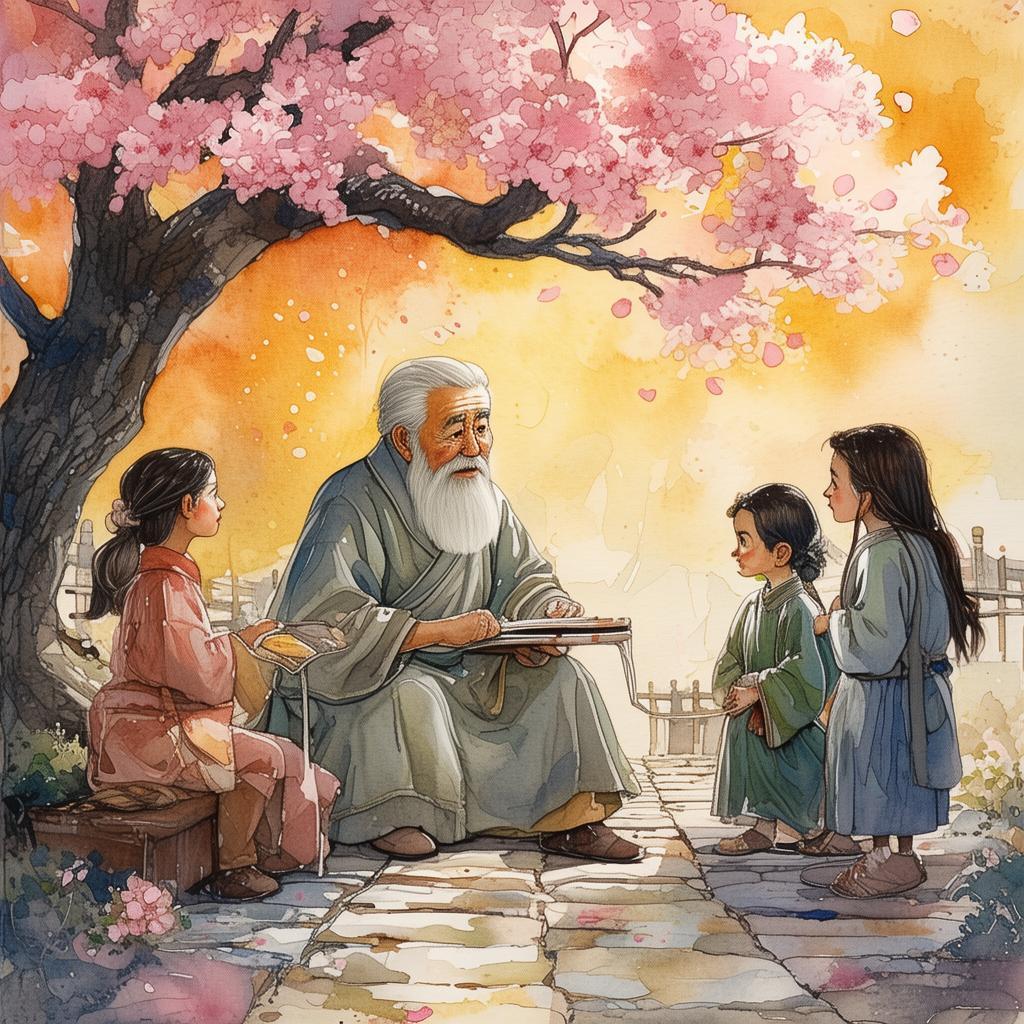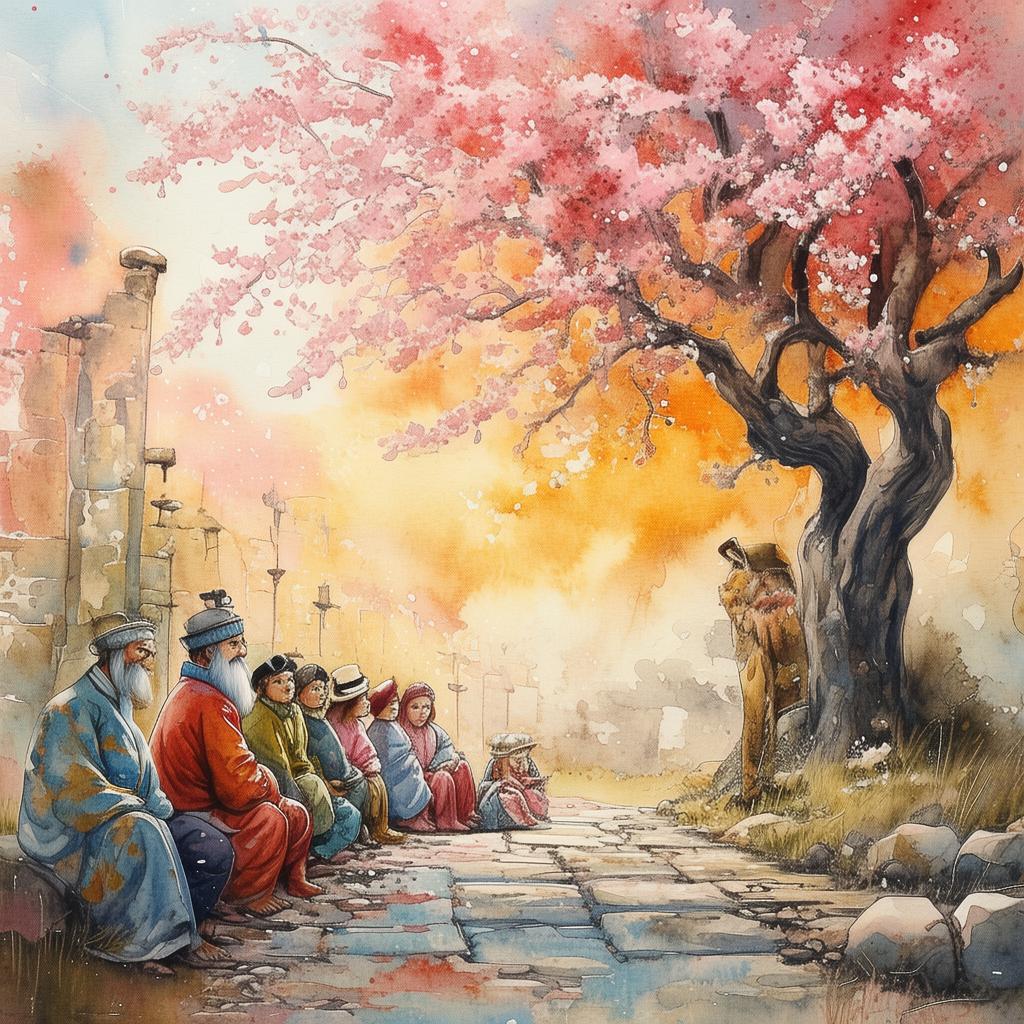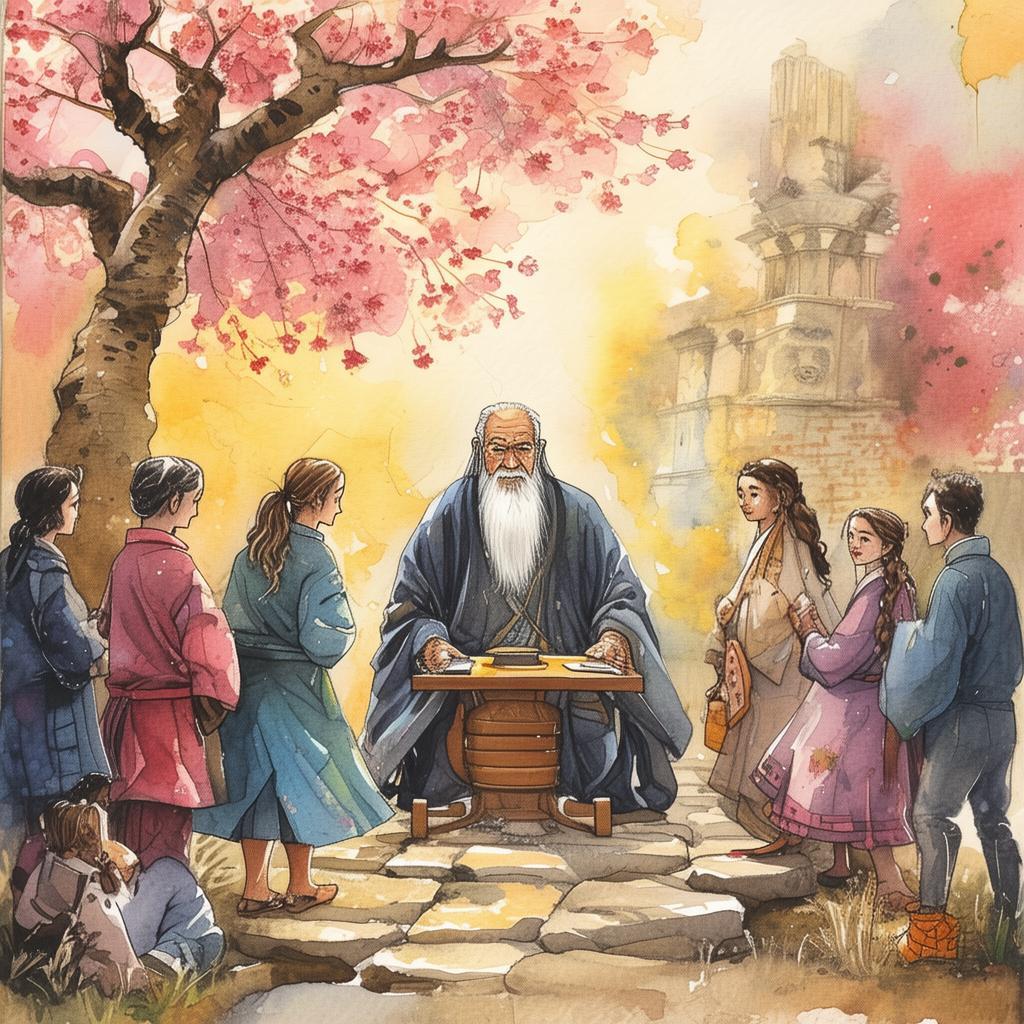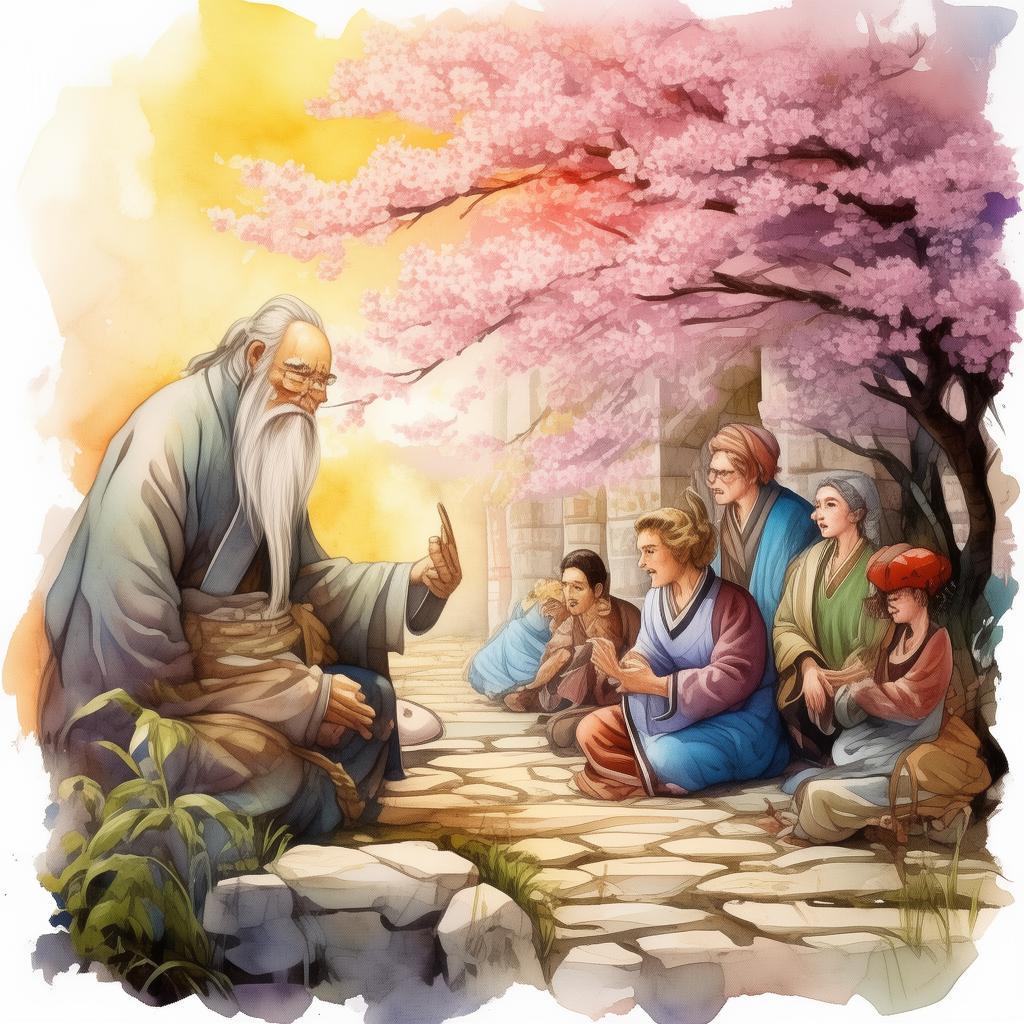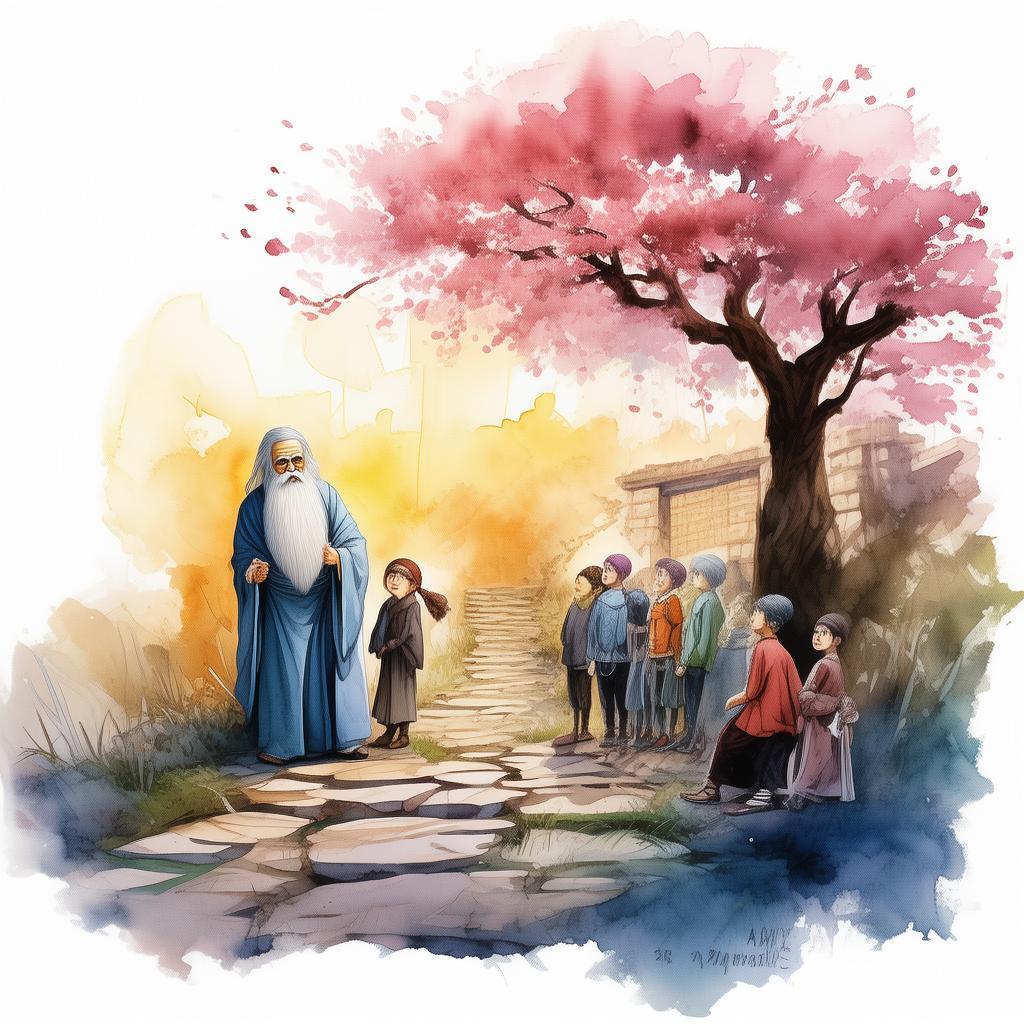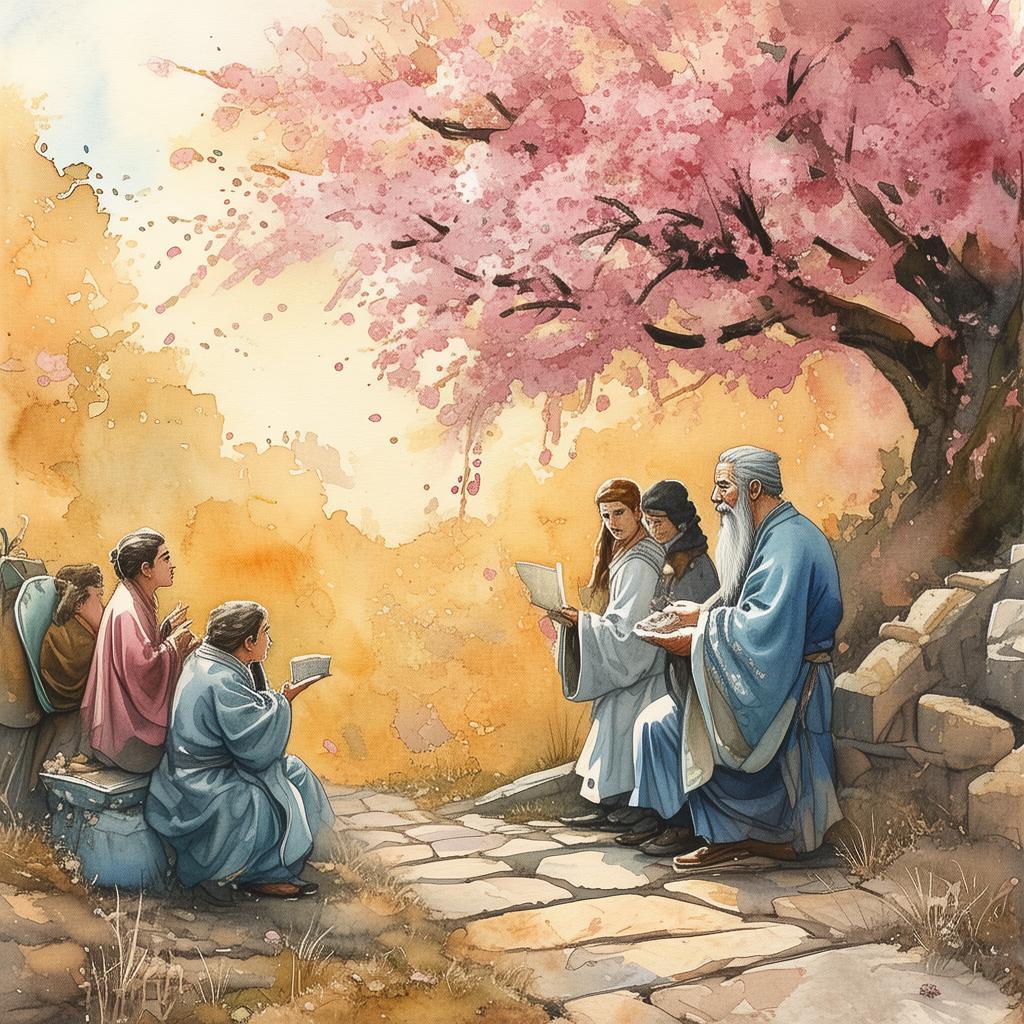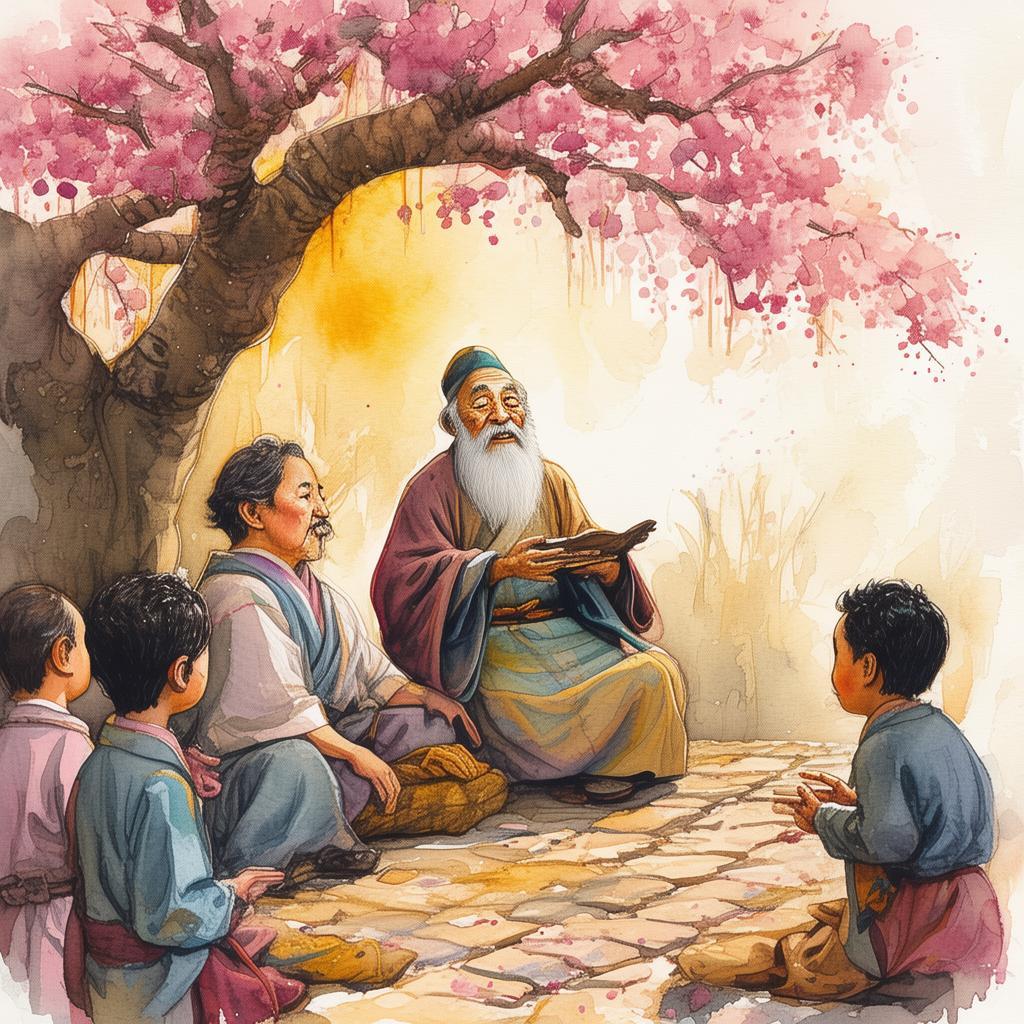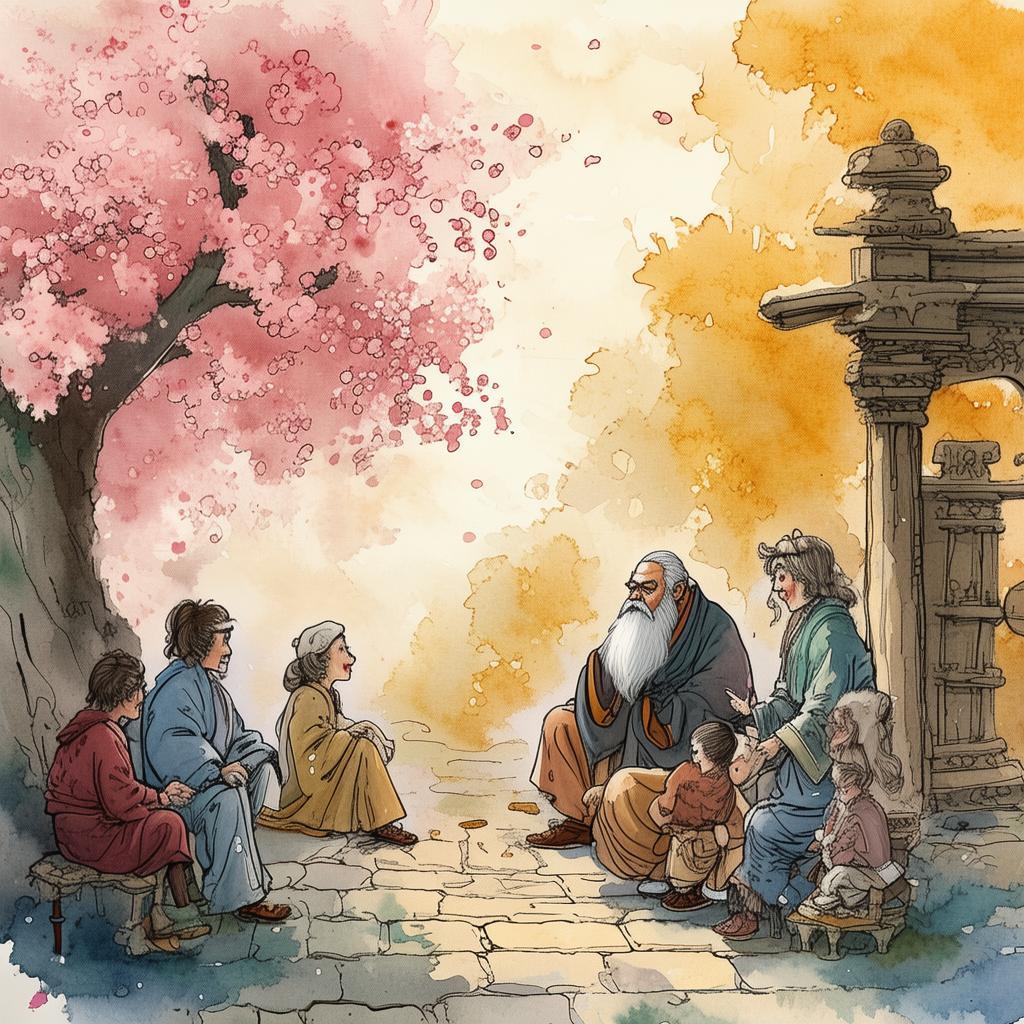The Paradox of the Silent Wind
In a quaint village nestled at the foot of rolling hills, there lived a young artist named Mei. She was known for her vibrant brushstrokes and the ability to capture the essence of life in her paintings. One day, as Mei was walking through the fields, she stumbled upon a weathered stone, upon which was inscribed the ancient Chinese proverb: "The wind is not blowing; yet the leaves are dancing."
Curious by nature, Mei was intrigued by the paradox. She pondered the proverb's meaning, and as the wind gently rustled through the trees, she decided to set out on a journey to discover its truth. Her journey took her to the edge of a vast desert, where the sand seemed to whisper secrets of the earth beneath it.
As Mei wandered, she met a wise old sage who, upon seeing her confusion, smiled and offered her a riddle: "Why does the wind not blow when the leaves dance?"
Mei pondered the question for days, but no answer seemed to come. Then, as the sun began to set, the sage spoke again, his voice soft and melodic like the whispering winds: "The wind does not blow because it is invisible to the naked eye. But it is present when the leaves dance, for it is the unseen force that causes their movement."
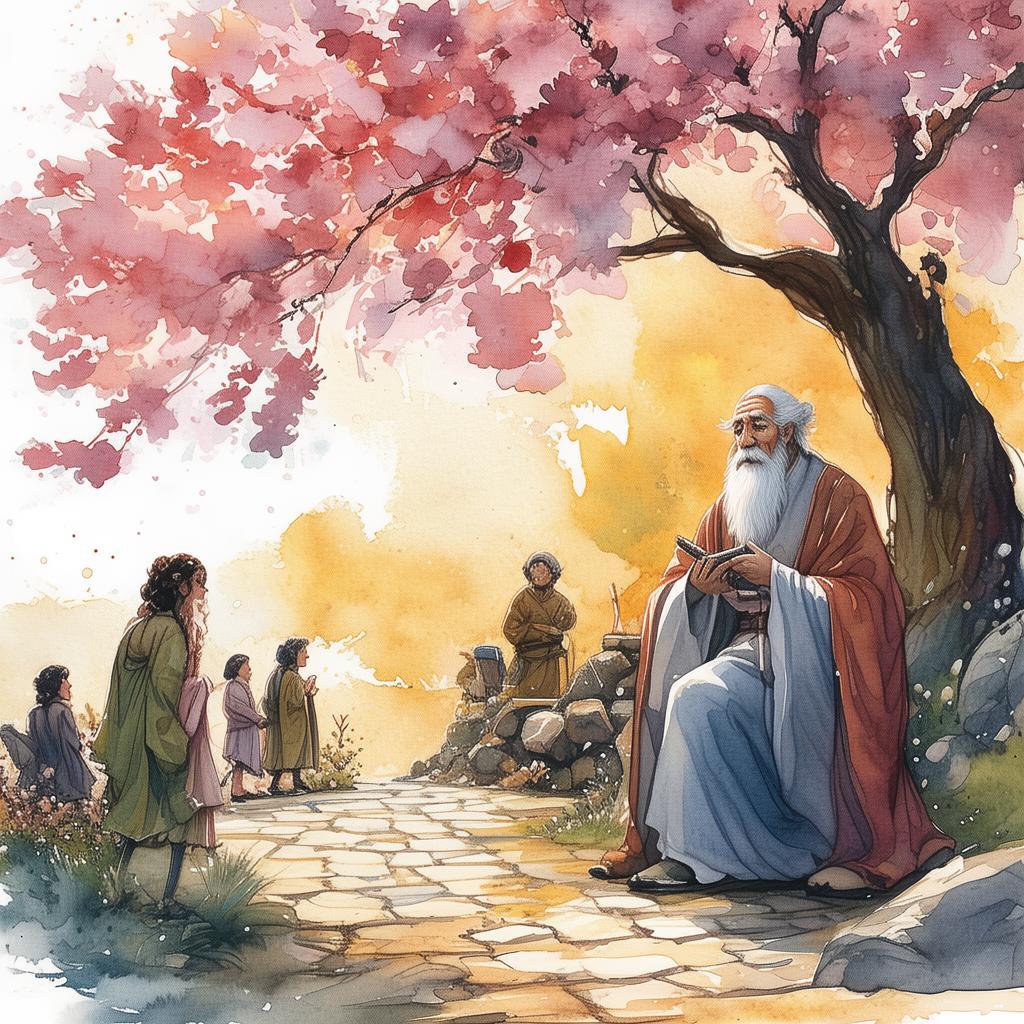
Intrigued, Mei continued her journey, eventually arriving at the edge of a dense forest. Here, she encountered a young man who was a master of the wind, known for his ability to communicate with the elements. Mei asked him to demonstrate the sage's words, and the young man agreed, closing his eyes and reaching out his hands.
Instantly, the leaves around them began to dance as if to the tune of a silent melody. The young man smiled and opened his eyes, revealing the paradox was not about the wind's absence, but rather the unseen presence that could only be perceived through its effects.
With newfound understanding, Mei felt a connection to the world she had always lived in but never truly seen. She realized that the wind was always present, invisible to the eyes but felt in the soul. The leaves danced because the wind was there, unseen but not absent.
Mei's journey came to an end as the sun dipped below the horizon, and she returned to her village, her heart filled with inspiration. She painted a canvas that depicted the silent wind, capturing the essence of the ancient proverb. The wind, though invisible, danced through her artwork, bringing the village together in admiration of her new creation.
As word of her painting spread, the village became a gathering place for those seeking the beauty of the unseen. Mei's artwork stood as a testament to the power of perception and the reality that sometimes, what we do not see can still be felt deeply within our hearts.
The story of Mei and the silent wind spread far and wide, resonating with many who found themselves in the paradox of life's unseen forces. And so, the village thrived, its people living by the proverb, their lives enriched by the dance of the leaves in the presence of the wind that was always there, unseen but not absent.
✨ Original Statement ✨
All articles published on this website (including but not limited to text, images, videos, and other content) are original or authorized for reposting and are protected by relevant laws. Without the explicit written permission of this website, no individual or organization may copy, modify, repost, or use the content for commercial purposes.
If you need to quote or cooperate, please contact this site for authorization. We reserve the right to pursue legal responsibility for any unauthorized use.
Hereby declared.
